
What is Hair Elasticity and 9 Tips to Improve It
Our hair is a reflection of our identity and style. A complex blend of hair elasticity, texture, density, and porosity influences its health and appearance. To maintain strong and vibrant hair, we must understand it closely and know the different aspects of hair and its specific needs. And here we are discussing hair elasticity.
Your hair elasticity highly impacts your hair's appearance and strength, yet many people are unaware of it. Hence, join us with this quick guide to know your hair elasticity and the factors that affect it. Don’t miss the end, as we have discussed a quick strategy to test your hair elasticity and 9 tips to improve it from hair experts and dermatologists.
What is hair elasticity?
Similar to your hair texture, your hair elasticity is an essential characteristic of your hair that determines its strength and appearance. As its name suggests, the ability of your hair to stretch and then return to its original shape when force is removed is called hair elasticity.
There are typically three types of hair elasticity:
- Low Elasticity: Hair that easily breaks on stretching has low elasticity. These hair types are often damaged, weak, and dull.
- Medium Elasticity: This is one of the most commonly found hair categories. When your hair stretches partially before breaking, it’s a sign you have medium elasticity.
- High elasticity: The healthiest and strongest hair has high elasticity. Such hair types stretch long before breaking and are often shiny and bouncy.
Knowing your hair elasticity can help you tailor a better hair care routine and make informed decisions. As a result, it will help you to improve your hair appearance and strengthen it with the right approach.
5 Factors That Affect Hair Elasticity
Here are 5 key factors that influence your hair elasticity:
- Genetics: Like any other hair characteristic, even your hair elasticity is influenced by your genetics. Besides this, even hair type impacts elasticity; curly hair tends to have higher elasticity than straight hair.
- Age: Our hair naturally changes its qualities as we age, and elasticity isn’t an expectation. Your hair becomes thinner and more brittle with age, lowering the elasticity.
- Hair care routine: Daily hair care habits like brushing wet hair, using heat styling tools, and wearing tight hairstyles often make your hair weak and dry. This further leads to low elasticity.
- Your lifestyle: Your diet, exposure to the environment, smoking, and alcohol consumption influence your hormones and health. This unhealthy lifestyle negatively affects your hair and reduces its elasticity.
- Products you use: Gentle and nourishing products repair your damaged hair. Products containing chemicals can strip your hair’s natural oil and damage the cuticle, reducing its elasticity.
How to Test Hair Elasticity?
There are two ways to test your hair elasticity. One, by reaching out to any dermatologist for a professional evaluation or testing your hair elasticity at home by following these steps:
Step 1: Wet a small section of your hair. You can do this test on dry hair, but wetting it brings it down to its most fragile phase, making it easier to come to a reliable outcome.
Step 2: Separate a single strand of your hair and hold it from the root.
Step 3: Now softly stretch it until it breaks, preventing pulling your scalp. Don’t hold the stand from the end while pulling it. Instead, hold it from mid-length.
Step 4: Once done, compare your results with the below observations:
- Stretches too long: If your hair stretches a long way, it’s a sign of high elasticity. But if you still have dull and lifeless hair, it can be due to over-conditioning and moisture.
- Stretches and breaks: Hair with medium elasticity often stretches and then breaks out. These hair types are often healthy and fine in appearance.
- Does not stretch and break: If your hair doesn't stretch and breaks when pulled, it has low elasticity. Your hair needs your attention and care to replenish the nutrients and beauty it must have.
9 Actionable Tips to Improve Hair Elasticity
Here are 9 tips from dermatologists and hair experts to improve your hair elasticity:
- Avoid heat styling: Exposure to high- temperatures regularly weakens your hair bonds and reduces elasticity. Avoid using blow dryers and heating tools whenever possible. Instead, opt for heatless styles like buns and braids.
- Eat a healthy diet: Improvement starts from the roots. Have a balanced diet rich in nutrients to get healthy hair and maintain it—mainly, deficiencies in biotin, iron, and zinc negatively impact elasticity. Consider them in your diet.
- Deep condition regularly: Consider a well-hydrating and nourishing hair mask in your routine. Go for hair masks designed to improve hair elasticity, like Floractive Mask Botox, as they strengthen your hair with vitamins and omega benefits.
- Let your hair breathe: Avoid hurting your hair with tight hairstyles. Let them breathe by frequently opting for loose and basic styles like braids, buns, and updos. These hairstyles help prevent hair damage and increase hair elasticity.
- Use gentle shampoo: Re-think about the shampoo you use. The hair care market offers a range of products specifically designed for targeted concerns. You can go for Marroco Golden shampoo and conditioner. It's a perfect combo of shampoo and conditioner tailored to improve hair elasticity.
- Protect hair from environmental damage: You are protecting your hair from heating tools and chemicals, but what about UV rays and pollution? Safeguard your hair with UV protectors, hats, and scarves when out. Although the environment seems healthy to the naked eye, it can severely damage your hair due to UV rays and molecules in the air.
- Choose products smartly: Hair with low elasticity requires hydration and protein to repair overall health. Pick hair care products integrated with vitamins, antioxidants, and protein benefits. Look for ingredients before falling for claims on labels.
- Coconut oil is your best friend: Coconut oil easily absorbs your hair shaft and is rich in antioxidants, nutrition, and fatty acids. These beneficial characteristics make it the best partner in improving hair elasticity.
- Avoid chemical treatments: Chemical treatments like relaxing and hair coloring offer beautiful temporary results but harm your hair’s health in the long run. Avoid chemical treatments whenever possible and opt for chemical-less alternatives if available.
Conclusion
The maximum capacity of your hair to stretch on pulling out without breaking is called hair elasticity. There are three elasticity levels: low, medium, and high. Medium-hair elasticity is most common among people.
Hair with high elasticity is often bouncy, healthy, and shiny, while hair with low elasticity tends to be prone to breakage and damage. In this post, we discussed 9 tips to improve elasticity, and here are three takeaways:
- Use gentle and nourishing products.
- Improve lifestyle and hair care habits.
- Use products tailored to improve hair elasticity.
The straightforward way to improve your hair’s elasticity is by repairing its overall health. So, start working on your hair right now by shopping for products designed to improve hair elasticity by your trusted brand, Floractive, your only guide to hair transformation.

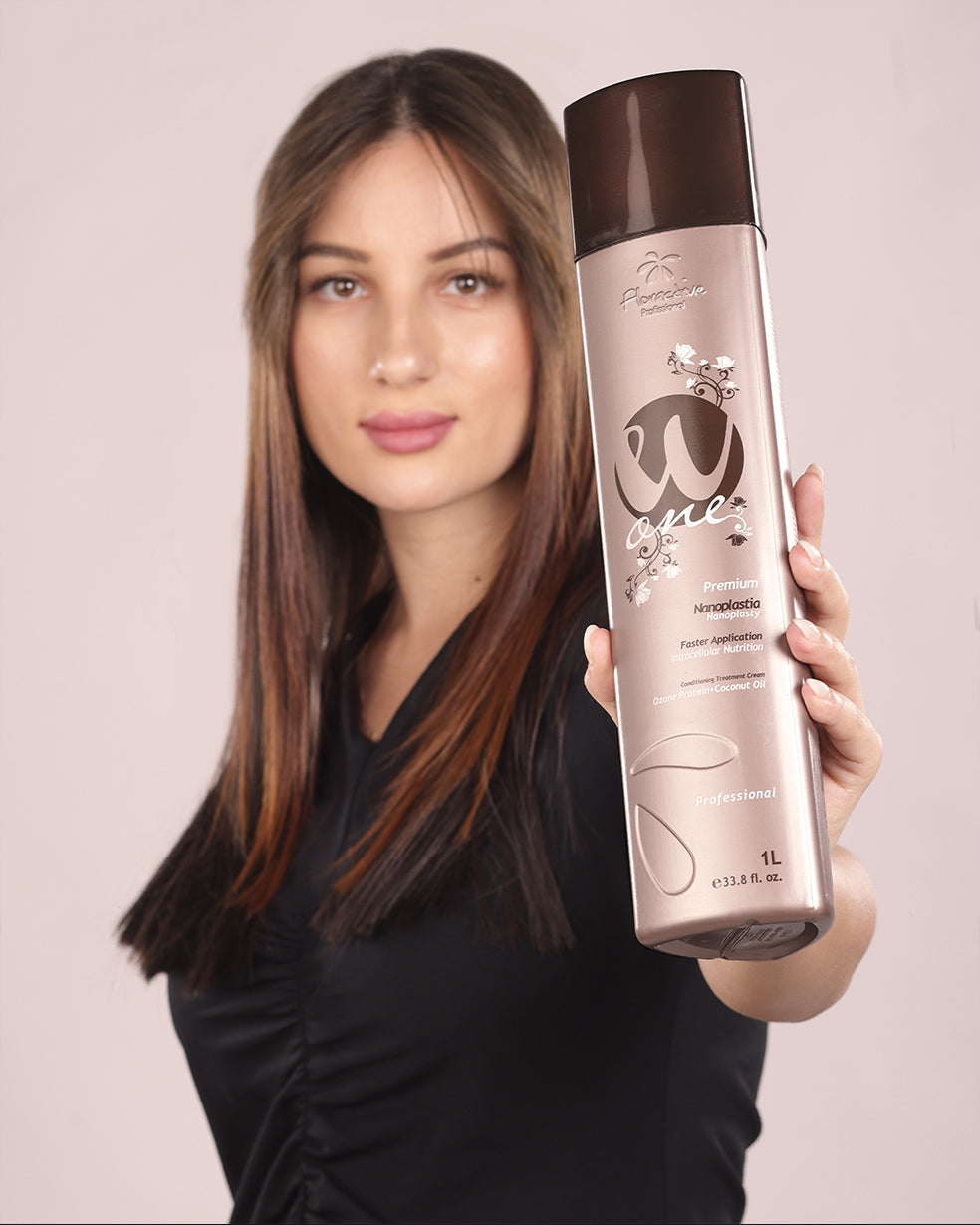
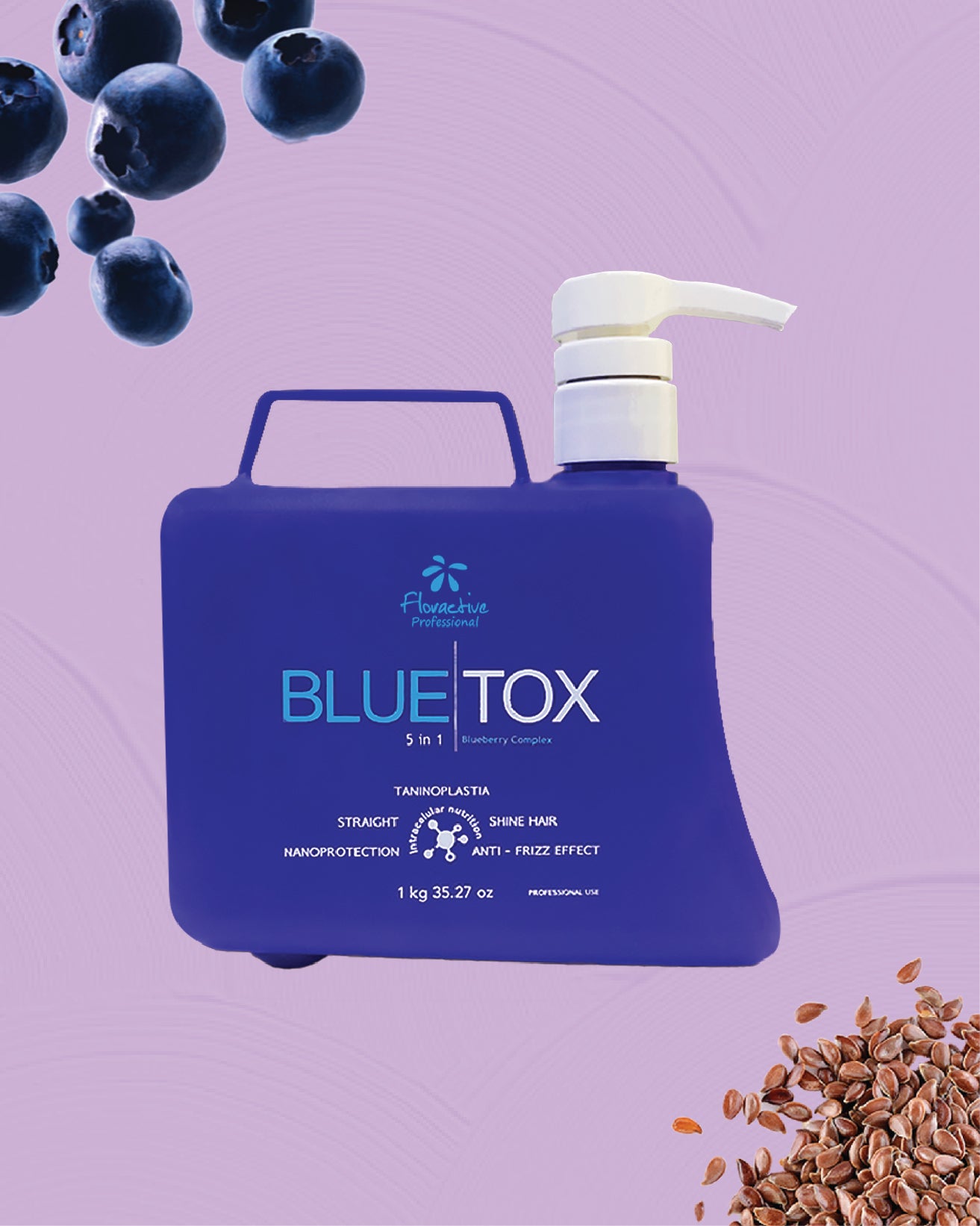
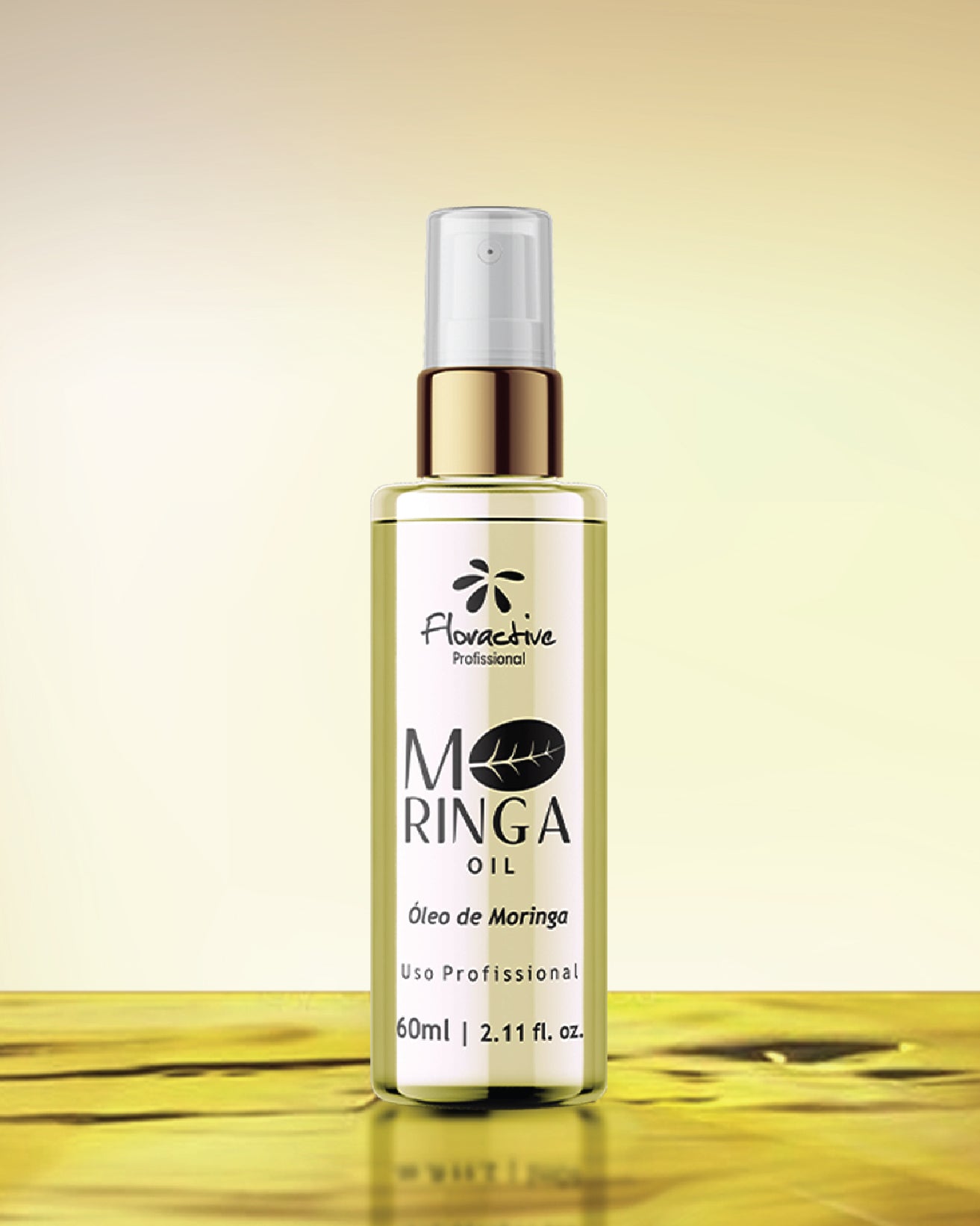
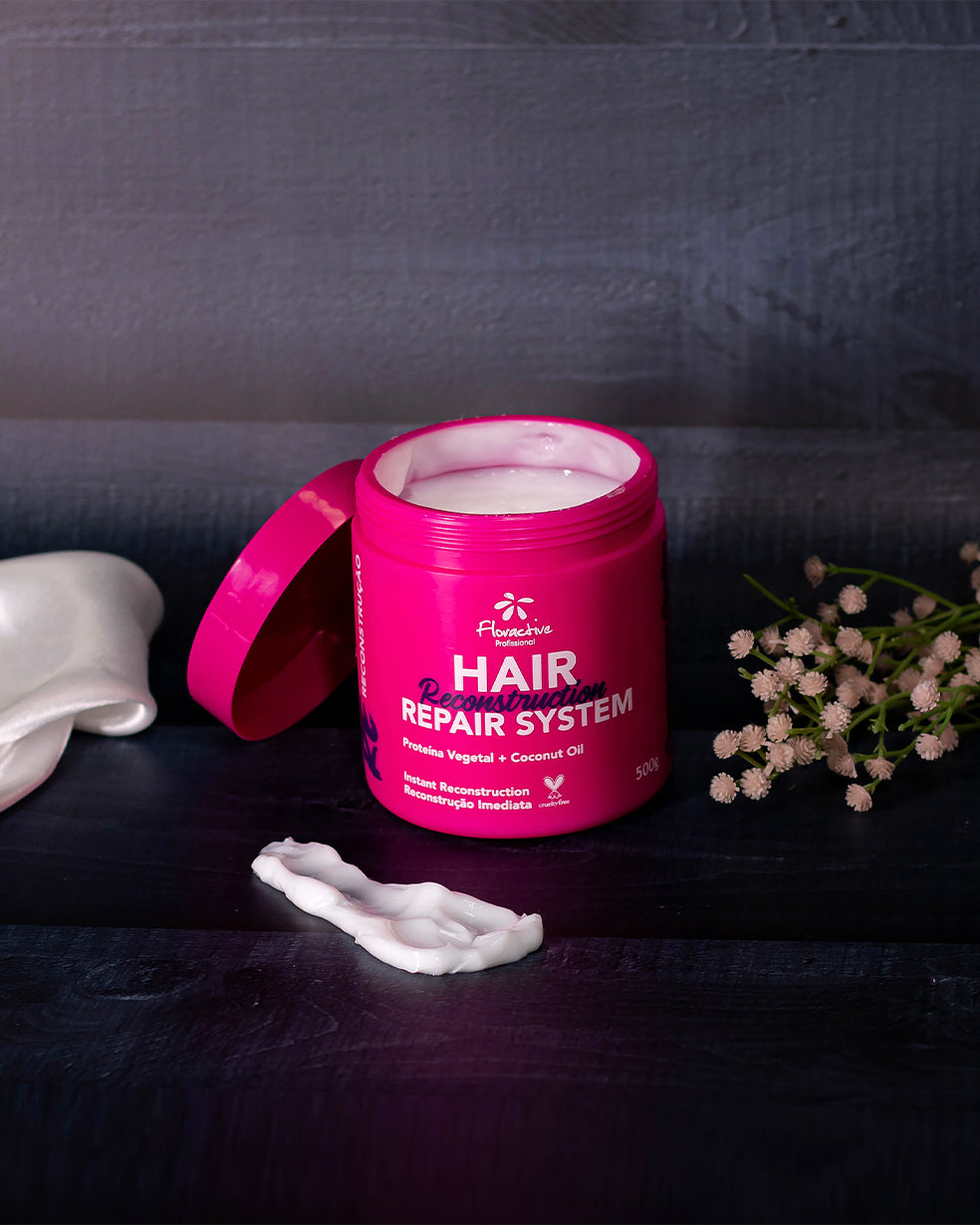
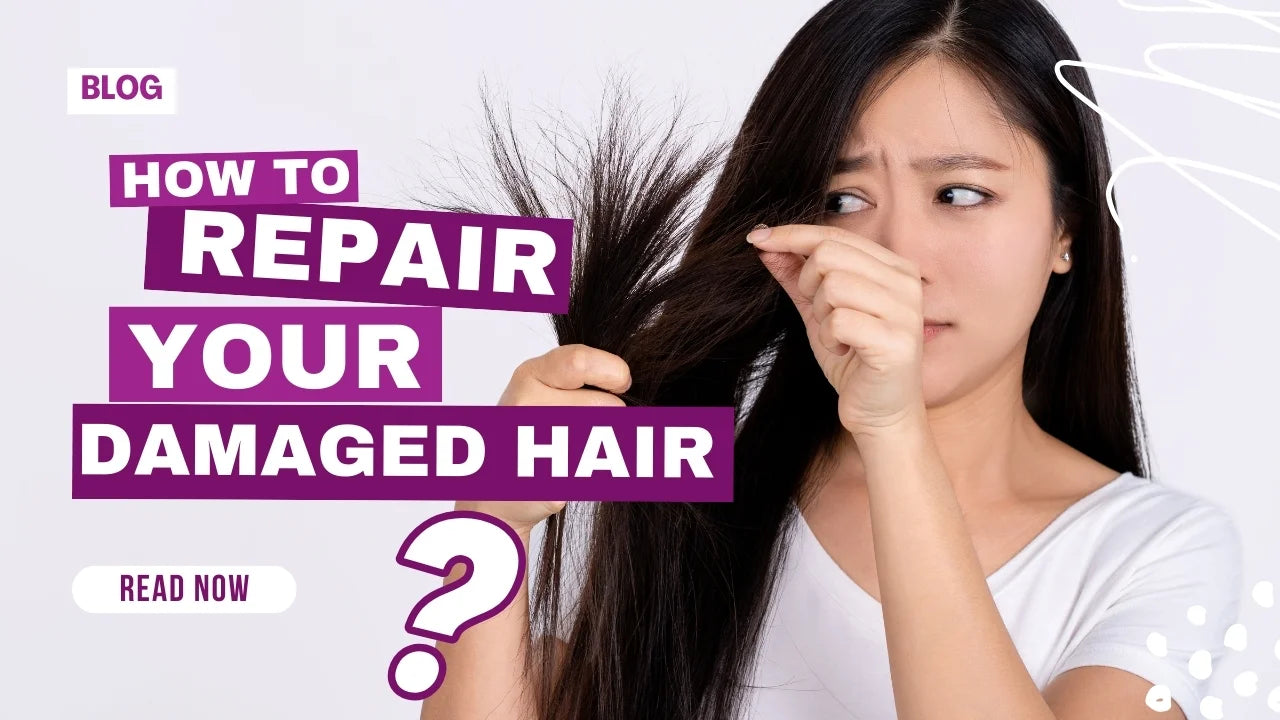
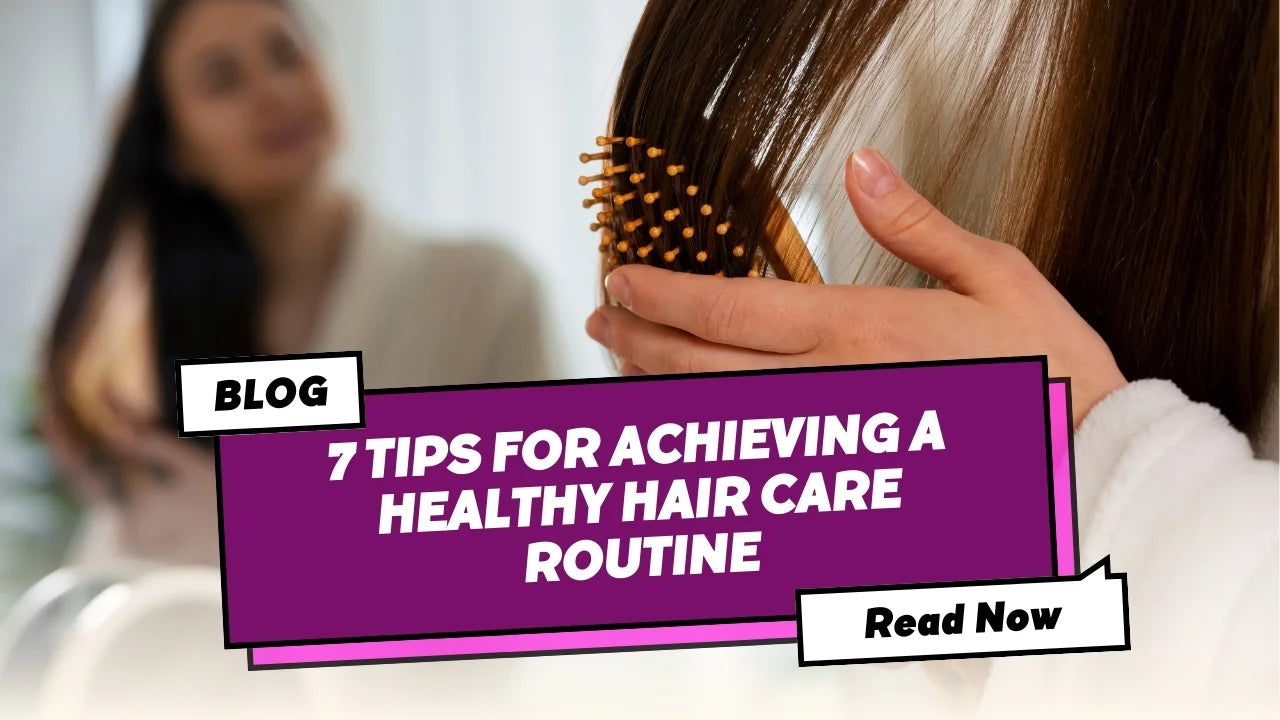




Leave a comment
This site is protected by hCaptcha and the hCaptcha Privacy Policy and Terms of Service apply.